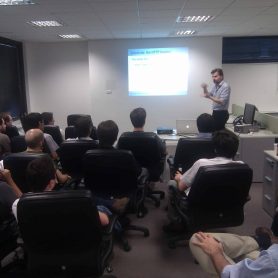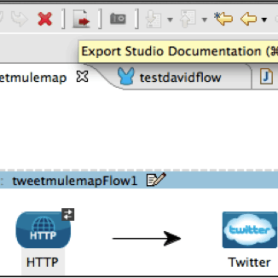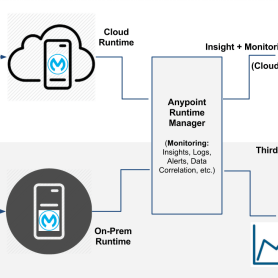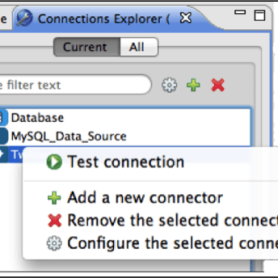Latest posts
Presenting MUnit Coverage
For some time now users were able to see basic coverage in the Anypoint Studio UI. With the new release of MUnit version 1.1.0, users... read more.
HowTo – Apply an OAuth policy on a REST API
In the previous post in the "APIfy your integrations" series, we went through an API design-first approach to building integrations to back-end systems. We... read more.
HowTo – REST API proxy to SOAP webservice
This blog post is a continuation of our first How To series, "APIFy your integrations," where we started off by creating a SOAP API around a... read more.
HowTo – Wrap SOAP web service around a database
We recently introduced our HowTo blog series, which is designed to present simple use-case tutorials to help you as you evaluate Anypoint Platform. This... read more.
Questions about MuleSoft? Check out our HowTo series!
This series of HowTo blog posts are simple use-case based tutorials to help you as you do your evaluations with the Anypoint Platform. Based... read more.
Maven Tools & Archetypes
For a while now there have been maven archetypes for creating mule apps and domains. Such archetypes make getting started with development easier by... read more.
Getting Started with DataWeave: Part 4
In this final part of our introduction to DataWeave, we now present you with some example transformations. Just in case you missed the previous posts... read more.
Your new Maven friend – the Mule Maven Plugin 2.0
If you're a Mule user, there's a good chance that you're using Maven to automate building and testing of your applications. We're happy to announce... read more.
Anypoint Runtime Manager v1.2 – Monitoring servers and apps with Splunk & ELK
The August 2015 Update 2 of Anypoint Platform features v1.2 of Anypoint Runtime Manager which enables users to monitor and analyze applications running in... read more.
Getting Started with DataWeave: Part 3
In the previous post, Getting Started with DataWeave: Part 2, in this four-part series: Getting started with DataWeave Part 1Getting started with DataWeave Part 2Getting... read more.











